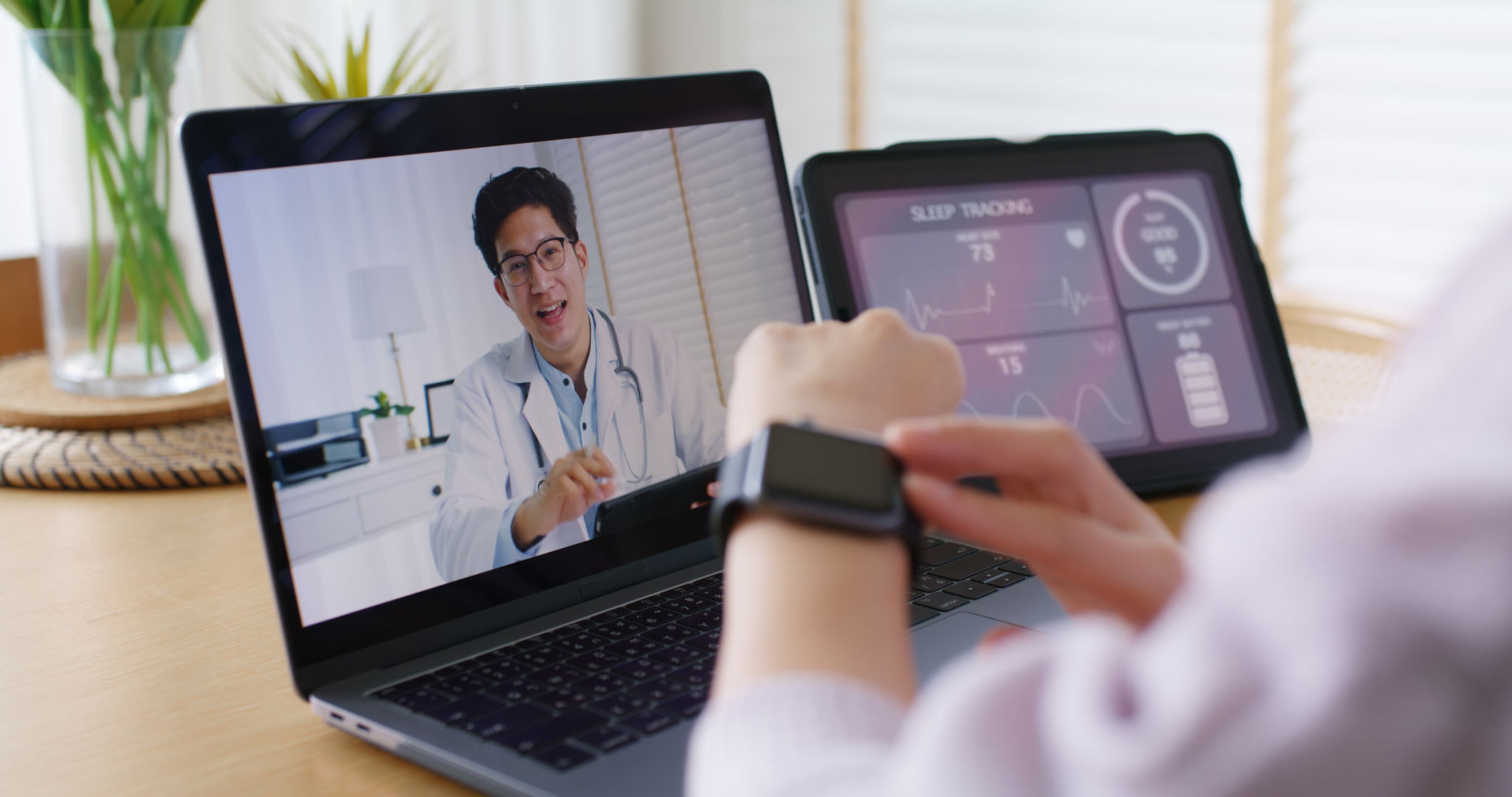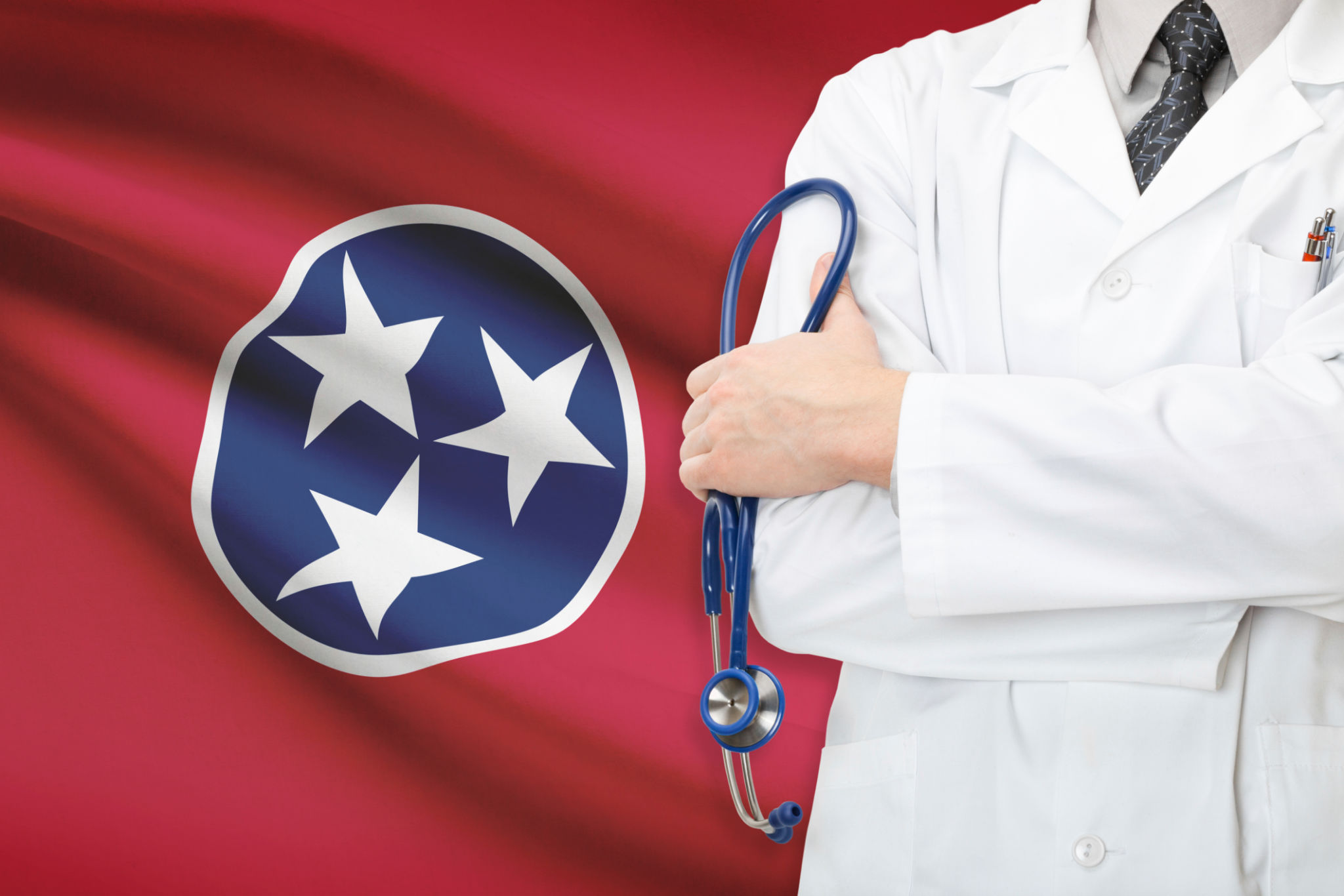The Benefits of Remote Patient Monitoring: A Case Study in Tennessee
Introduction to Remote Patient Monitoring
Remote Patient Monitoring (RPM) has emerged as a transformative approach in healthcare, providing significant benefits for both patients and healthcare providers. By leveraging technology, RPM facilitates the continuous monitoring of patients' health data without the need for frequent in-person visits. This innovative method has been particularly successful in various states, including Tennessee.

How Remote Patient Monitoring Works
RPM utilizes devices that collect vital health information from patients, such as blood pressure, glucose levels, and heart rate. This data is then securely transmitted to healthcare professionals who can analyze it in real-time. The ability to monitor patients remotely allows for timely interventions and personalized care strategies tailored to individual needs.
The Role of Technology in RPM
Advanced technology plays a crucial role in the effectiveness of RPM systems. Devices are designed to be user-friendly, ensuring patients can operate them with ease. Moreover, secure communication channels protect patient data, maintaining confidentiality and trust. The integration of artificial intelligence further enhances data analysis, providing deeper insights into patient health trends.
Case Study: RPM in Tennessee
Tennessee has been at the forefront of adopting RPM solutions, with numerous healthcare facilities implementing this approach to improve patient outcomes. A recent study conducted in the state demonstrated significant benefits, including reduced hospital readmissions and improved chronic disease management.

Patient Experiences and Outcomes
Patients involved in the RPM program reported a greater sense of security and satisfaction. They appreciated the convenience of receiving care from the comfort of their homes and valued the rapid response from healthcare providers when issues were detected. Such experiences highlight the potential of RPM to enhance patient engagement and adherence to treatment plans.
Benefits for Healthcare Providers
For healthcare providers, RPM offers numerous advantages. By monitoring patients remotely, providers can allocate resources more efficiently and focus on those in critical need of care. This proactive approach not only optimizes workflow but also reduces the burden on healthcare facilities.

Challenges and Future Prospects
Despite its benefits, RPM does present challenges, including the need for reliable internet access and potential technological barriers for some patients. However, ongoing advancements in technology and infrastructure are expected to mitigate these challenges, paving the way for broader adoption of RPM across the country.
Conclusion
The implementation of Remote Patient Monitoring in Tennessee serves as a compelling example of how technology can revolutionize healthcare delivery. With its proven benefits in enhancing patient care and operational efficiency, RPM is poised to become an integral part of modern healthcare systems nationwide.
